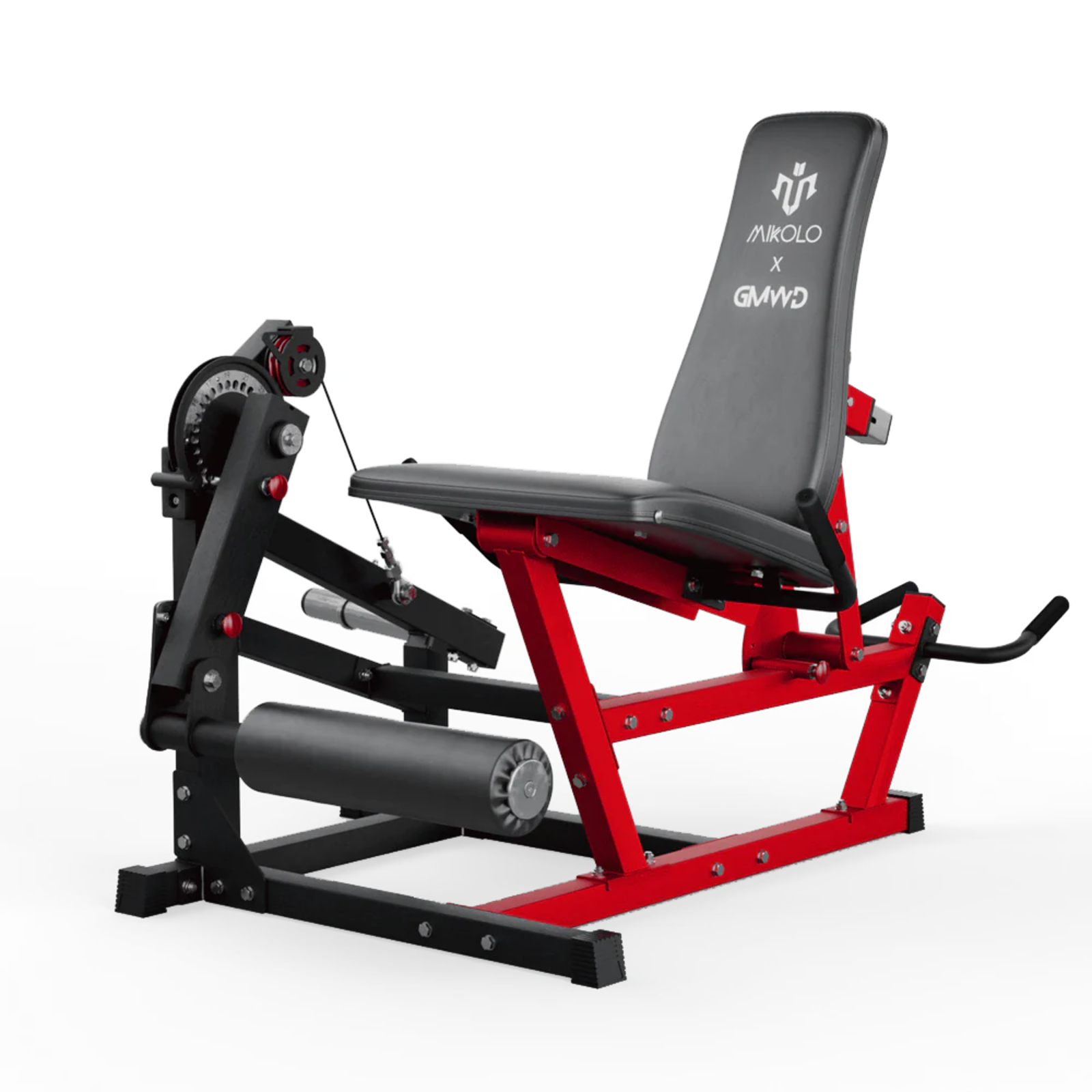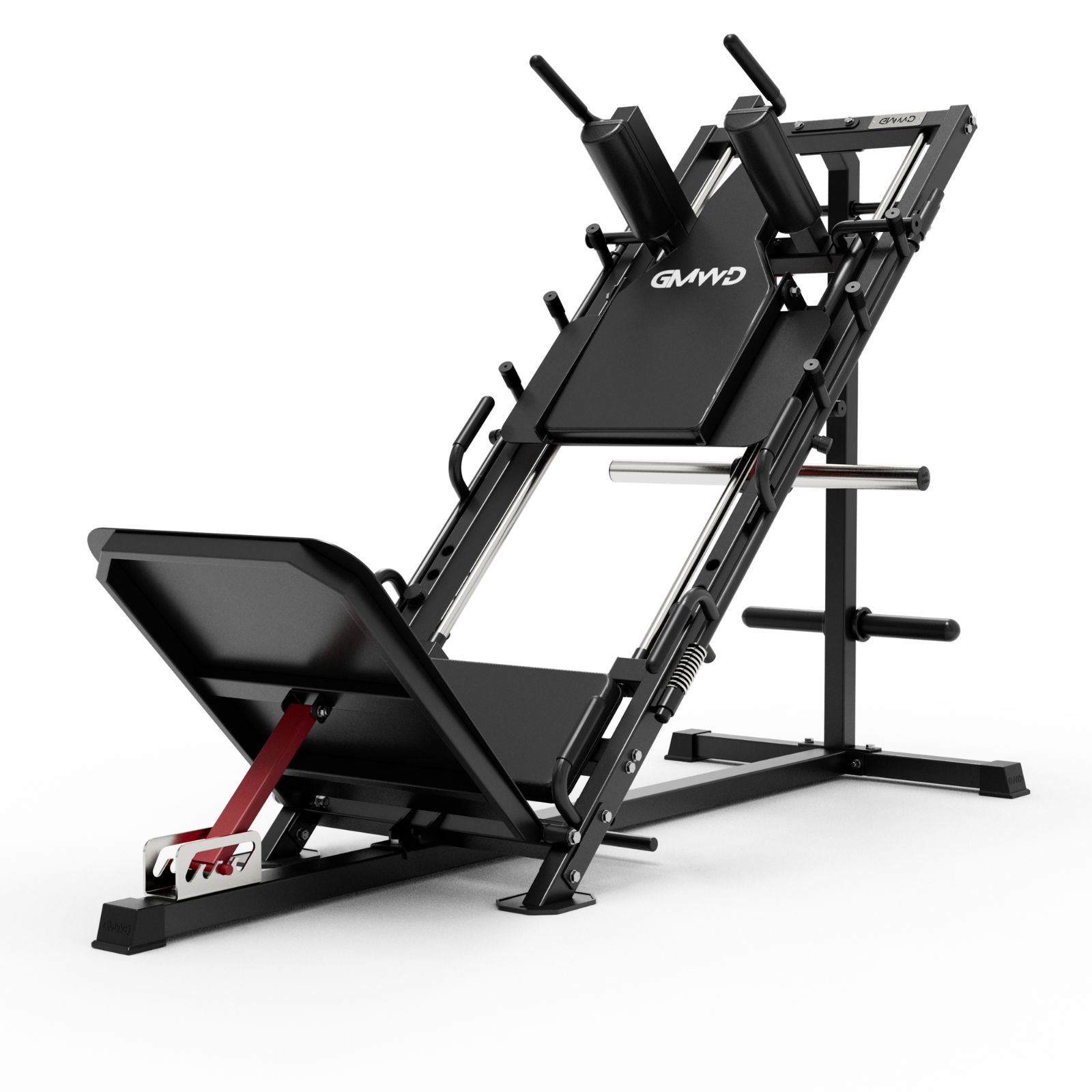As we age, our bodies respond differently to exercise—and that includes how long it takes to recover. Whether you're 30, 50, or 70, understanding the timeline and factors that influence muscle recovery can make the difference between consistent progress and frustrating plateaus (or even injury).
How Age Affects Muscle Recovery
Muscle recovery is the process by which the body repairs and rebuilds tissue after exercise. This process naturally slows as we age due to:
-
Decreased hormonal levels (like testosterone and growth hormone)
-
Slower protein synthesis
-
Reduced blood flow and circulation
-
Increased inflammation and oxidative stress
In your 30s, you might bounce back from a tough workout in 24–48 hours. But in your 50s, that same session could require 48–72 hours or more. By the time you reach your 60s or 70s, recovery can take up to 5–7 days depending on the intensity and type of training.
Muscle Recovery Time by Age and Gender
While individual factors such as diet, sleep, and fitness level matter greatly, age and gender play a central role in recovery timelines.
| Age Range | Average Recovery Time (Male) | Average Recovery Time (Female) |
|---|---|---|
| 30s | 24–48 hours | 24–72 hours |
| 40s | 36–72 hours | 48–72 hours |
| 50s | 48–96 hours | 72–96 hours |
| 60s | 72–120 hours | 96–120 hours |
| 70s+ | Up to 7 days | Up to 7 days or more |
Women may experience slightly longer recovery due to lower baseline muscle mass and hormonal differences, particularly post-menopause. However, this is a generalization—lifestyle habits can outweigh gender differences significantly.
What Happens After 50: Overcoming Slower Recovery
Around age 50, many adults start to notice increased stiffness, soreness lasting longer, and the need for more rest days. This doesn’t mean strength training should stop—it just requires smarter planning.
Key strategies to enhance muscle recovery over 50 include:
-
Prioritize protein intake: Aim for 25–30g of high-quality protein per meal to support muscle repair.
-
Sleep more strategically: Deep, restful sleep helps regulate hormones tied to recovery.
-
Incorporate active recovery: Gentle walking, stretching, or swimming improves circulation without causing further strain.
-
Periodize training: Alternate between heavier and lighter training weeks to prevent overload.
Personal Perspective: Learning to Train Smarter, Not Just Harder
In my early 50s, I prided myself on keeping up with workouts from my 30s. But a string of minor injuries taught me a valuable lesson—my body wasn’t recovering like it used to. I shifted from a “no pain, no gain” mentality to a “train, recover, grow” mindset.
Now in my 60s, I’ve adapted a rhythm: strength train twice a week, mobility-focused work once or twice, and prioritize recovery just as much as effort. My results improved, and more importantly, I stayed injury-free.
Recovery Over 60 and 70: What to Know
Recovery in your 60s and beyond can be surprisingly effective with the right approach. The common misconception is that older adults can’t build muscle or improve strength. In reality, with proper recovery, consistent training, and nutrition, muscle growth is still possible well into the 70s.
Guidelines for older adults:
-
Use resistance bands, machines, or bodyweight to reduce joint strain.
-
Schedule at least 2 days between sessions targeting the same muscle group.
-
Hydrate more than you think you need—older adults are more prone to dehydration.
-
Supplement with omega-3s or creatine if recommended by a healthcare provider.
Signs You Need More Recovery Time
Regardless of age, here are common signals that you may be under-recovering:
-
Persistent fatigue
-
Decreased performance
-
Extended muscle soreness (DOMS lasting more than 3–4 days)
-
Trouble sleeping
-
Mood swings or lack of motivation
If you're over 50 and experiencing these signs regularly, it's time to re-evaluate your training and recovery balance.
Final Thoughts
Muscle recovery time increases with age—but that doesn’t mean your progress needs to stop. With smarter training, a focus on quality rest, and good nutrition, you can maintain and even improve your strength and vitality well into your later years.










































Leave a comment
This site is protected by hCaptcha and the hCaptcha Privacy Policy and Terms of Service apply.